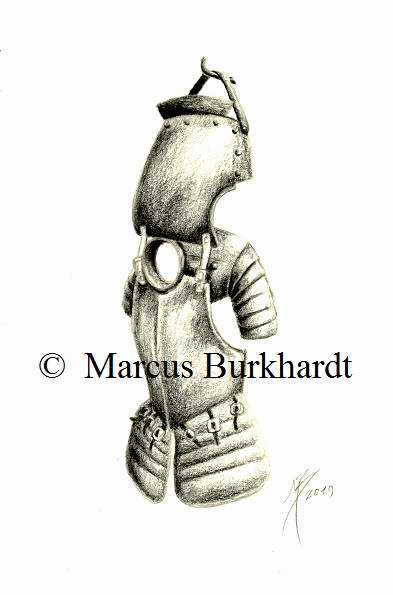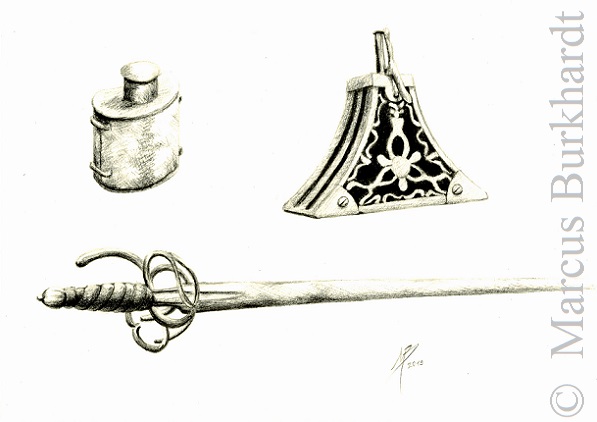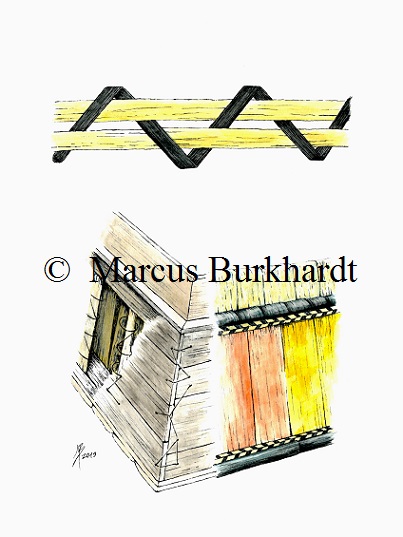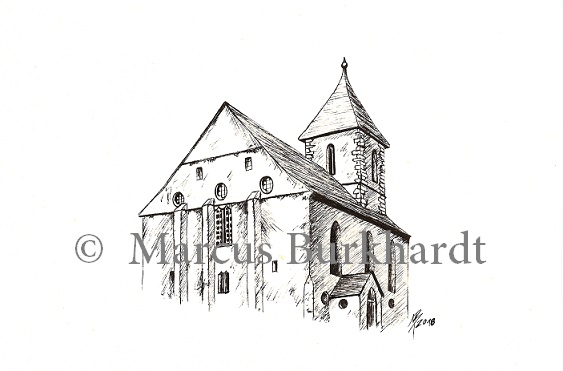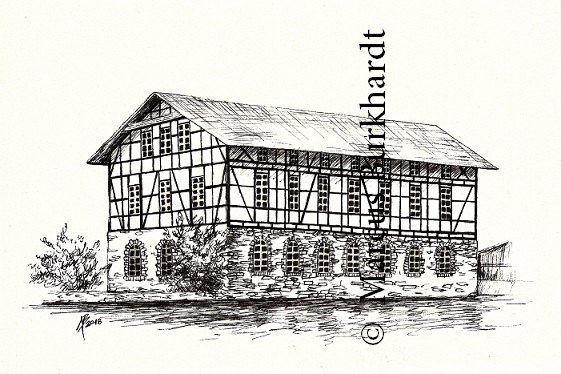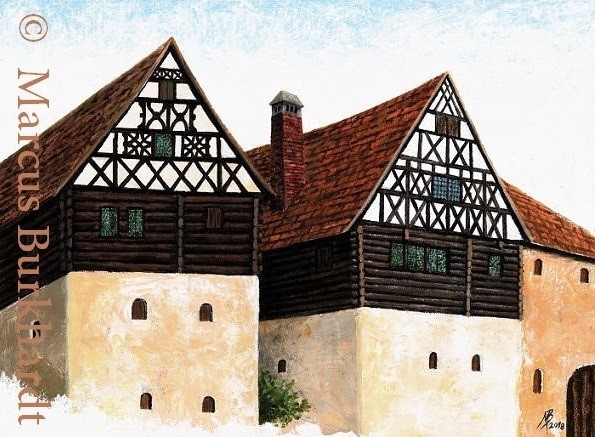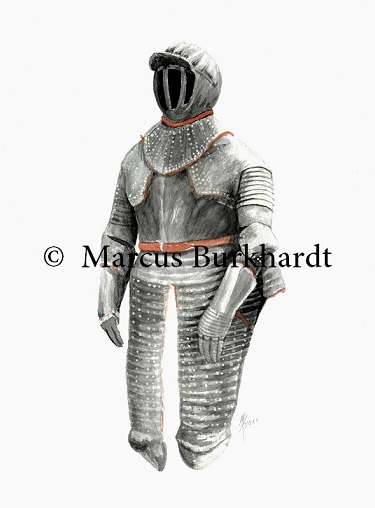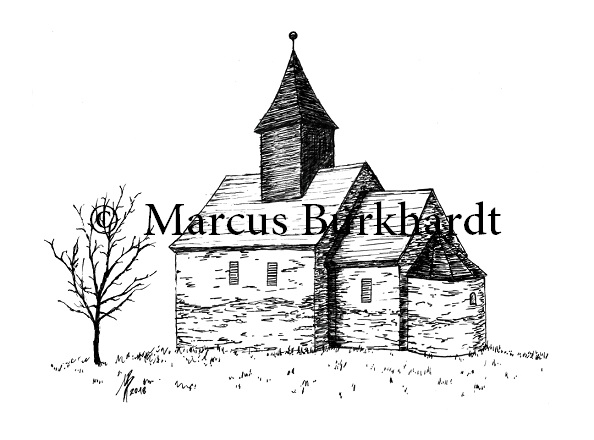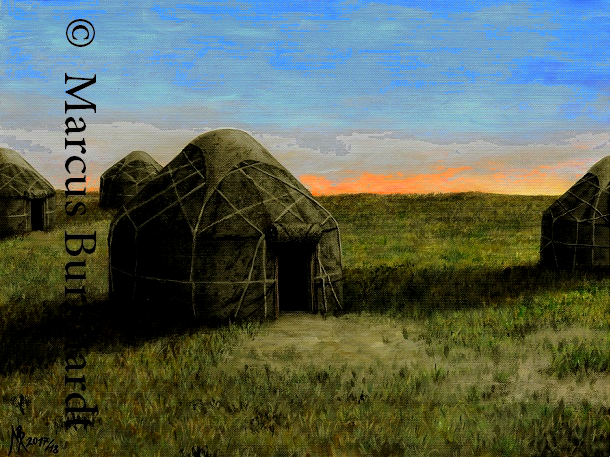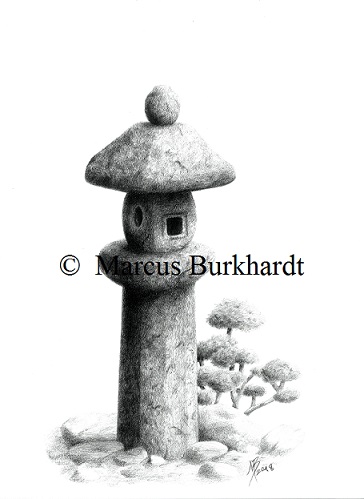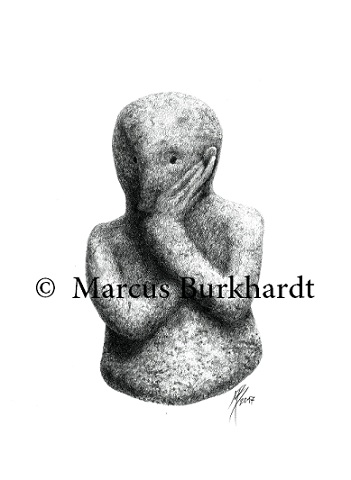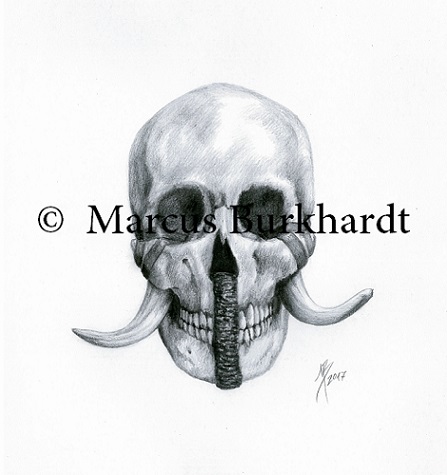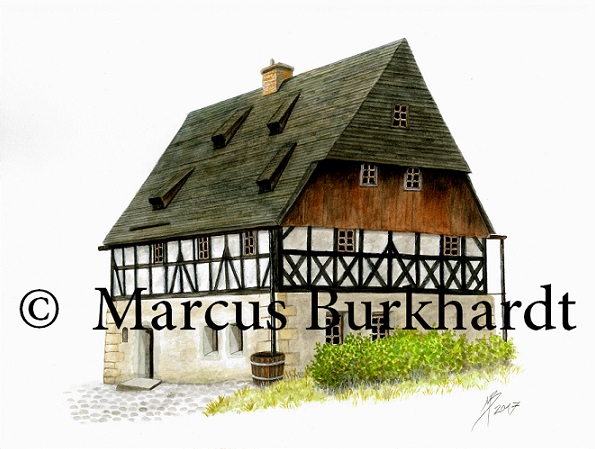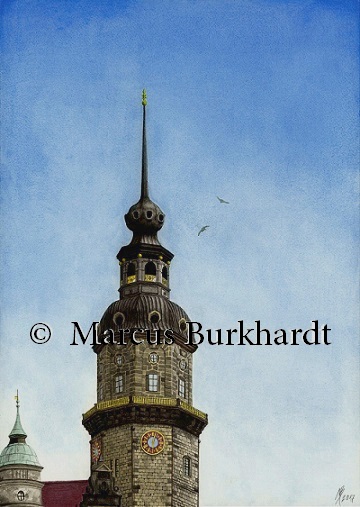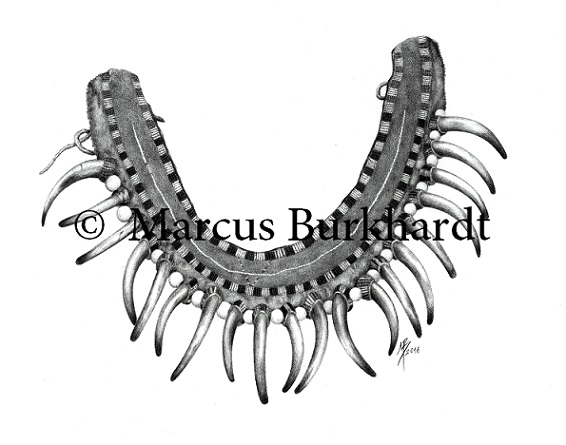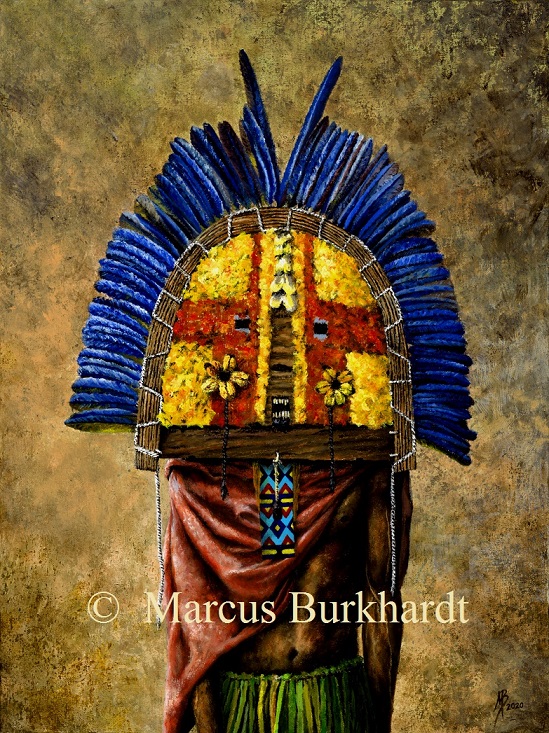
“Scarlet macaw”
At the Musée des Confluences in Lyon where I saw this mask it was explained that bodily adornments identify the group to which the wearer belongs: “Unlike birds which can be distinguished by their plumage, human beings do not bear specific markings of their ethnicity. Consequently the Amerindians choose the feather to distinguish their group’s cultural identity, as for them, it is a symbol of the natural order of things… The choice of feathers used to decorate adornments is one way the Amerindians have of identifying themselves with the bird world. For example, if they use juvenile down or an adult bird’s feathers it will show what age they are and what stage they have reached in their initiation… In Amazonia, the Indians of one group and those of another are perceived as belonging to different species. Tangible representations like ornaments, masks and body painting become extensions of the body, constituting a kind of species-specific costume that group’s members wear over their human forms.”
According to the museum the mask was only made from feathers of the scarlet macaw (Ara macao). It is called “Ype mask” and belongs to the tribe of the Tapirape. Further reading in ethnological literature explained the complex meaning and use in rites, as well as the need to depict the wearer with a red cloth.
Acrylic & oil paint on canvas, 2020
40 x 30 cm
